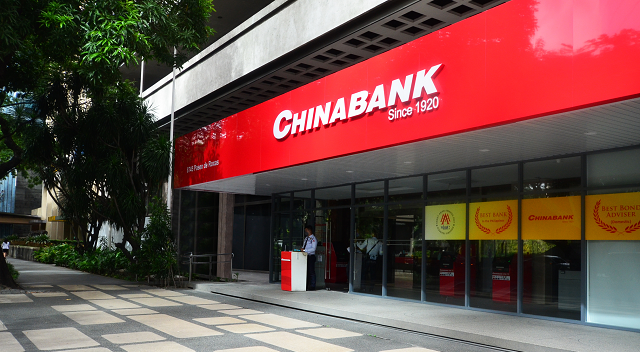Chinabank 9-mo profit up 10% as credit costs drop

MANILA -Sy-led China Banking Corp. saw profits from January to September grow 10 percent to P16.2 billion on robust asset growth and a sharp reduction in credit costs.
This translated to a return on equity of 15.6 percent and a return on assets of 1.6 percent, the country’s fourth-biggest lender said in a stock exchange filing on Tuesday.
“Chinabank’s sustained growth reflects the successful execution of our business strategies,” Chinabank president and CEO Romeo Uyan Jr. said in the filing.
“Despite the current high interest rate environment, we continue to grow our bottom line by preserving our margins, managing our overall costs effectively, and bringing greater efficiencies to our operations with technology,” he added.
During the nine-month period, the lender saw net interest income rise by 16 percent to P39.2 billion with net interest margin maintained at 4.2 percent.
Gross loans expanded by 10 percent to P765 billion, mainly due to the 19-percent expansion in consumer loans, particularly teachers’ loans and credit cards.
NPL ratio
At the same time, the bank cut credit provisions by over 80 percent to P1.3 billion while nonperforming loans (NPL) ratio stood at 2.2 percent. NPL cover was also reduced to 126 percent, which Chinabank said was above the industry average.
“Our balance sheet remains strong. A quality loan book has helped us during a period of rising interest rates. We also continued to optimize our capital structure, maintaining strong capital generation and asset quality,” Chinabank chief financial officer Patrick Cheng said in the filing.
Total deposits during the first three quarters of 2023 rose 14 percent to P1.1 trillion, with 49 percent coming from current and savings accounts. The lender closed the period with a 7-percent capital increase to P141 billion and a common equity tier 1 ratio at 14.9 percent and total capital adequacy ratio at 15.8 percent, both above the minimum regulatory requirements. INQ
